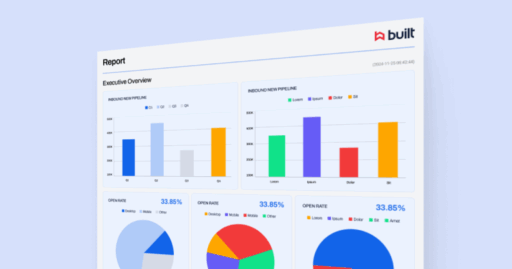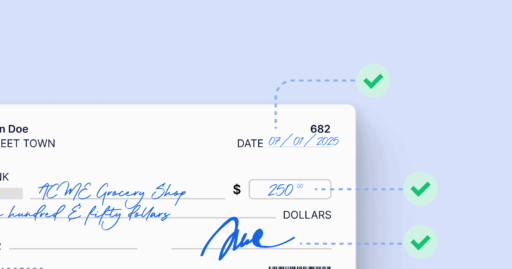Addressing Pandemic-Related Supply Chain Issues


The following article appeared in Builder on March 31, 2020
COVID-19 first started making headlines at the end of 2019. Three months later, it has been declared a pandemic by the World Health Organization, caused countries to close their borders, and led to a state of national emergency in the U.S. The pace of change and range of outcomes is evolving hour by hour, but we are hopeful the actions the nation is taking will minimize economic impacts and ultimately save lives.
With the virus first being reported in Wuhan, China, firms that do business with Chinese companies have already been feeling the effects of supply chain challenges. These challenges are, of course, only set to grow now that we are dealing with a global pandemic. As Goldman Sachs pointed out in a Feb. 28 research document, China’s lockdown in late January put extremely tight limitations on Chinese business, leading to “knock-on effects” for global supply chains.
For the $1.3 trillion U.S. construction industry, its heavy reliance on the global supply chain makes it particularly sensitive to exogenous shocks such as the spread of the coronavirus. And issues stemming from supply chain disruption may translate into completion delays, increased costs, and the potential for impact on lender loan portfolios. Specifically, construction loans that rely on a healthy labor force and timely material deliveries. That said, what we know is that there will be an impact, but at this point we just don’t know how big.
Many projects currently under construction have materials that are sourced from Chinese and other global manufacturers. We should consider how much construction material will now either be delayed or reordered as a result of the coronavirus. And at what cost? What is the impact of those delays and cost changes on the viability of the originally underwritten construction budget?
It’s vital to quickly address these questions and the supply chain–related extension risks that may impact construction portfolios in order to ensure construction progress is able to continue through this stressed environment. Key to all of this is having an open, candid, and timely conversation among development sponsors, lenders, and the construction management team. Here are five discussion points the counter-parties should cover as project impacts continue to evolve on a day-to-day basis.
1. Alternative Material Sources
When it comes to avoiding increased costs, it is crucial to quickly consider sourcing replacement material providers that are reliable alternatives. In many cases, this may be domestic sources. Rapidly finding alternatives will enable the project to continue to move forward within the contract term and available contracted extension periods.
2. Contingency Utilization
If alternative materials are required and sourced, and under the assumption cost increases will occur, contingency balances will be impacted. General contractor and lender contingencies should be carefully managed in the near term. Budget reallocations will also come into play, as the construction management team seeks ways to manage expenditures in increasingly difficult market conditions.
Cost increases that exhaust contingency balances will place new financial stress on the sponsors and lenders. Capital infusions to cover cost overruns and “top-up” contingency balances may be required from sponsors. Lenders will likely tighten controls on contingency and reallocations to ensure budgets remain fully capitalized, which acts to further stress the construction loan.
3. Milestone Misses, Delays, and Extensions
The moment a sponsor suspects supply chain issues, recasting the time to complete is imperative. Bring this new project schedule to the lender’s attention immediately and discuss extensions and modifications, if necessary. Remember that good news travels fast, and bad news travels faster.
Milestones and other covenants cast in the construction loan agreement that are missed will be closely monitored in this period. Non-monetary defaults and related waivers, if any, will be negotiated on a case-by-case basis. Having a clear and open dialog with executives and portfolio managers can create a positive, collaborative setting.
4. Determine Interest Reserve Sufficiency
Construction loans have an interest reserve balance that is paying monthly interest expense, so a determination should be made on how far the current interest reserve balance will carry the loan. Similar to cost increases, a capital call may be required to top-up interest reserve balances if the revised project schedule will fully deplete those reserves prior to completion.
Given the national emergency declaration, lenders may be able to defer interest or make other accommodations during this period of hardship. Again, communication between the parties can help all sides plan for and meet their internal governance and control requirements.
5. Be Cognizant of Market Effects
Regardless of the source of repayment—either lease or sale—commercial project sponsors must be proactive and treat the emerging disruptions with a sober consideration of downside risks. Any and all actions should be taken to protect the project business plan. Contracts supporting the primary source of repayment must be monitored carefully to preserve transaction exit strategies. This means sales contracts, pre-leasing agreements, and other forms of future cash flow dependent on project completion and delivery of physical space must be reviewed, confirmed, and extended as needed. Negotiations to recast forward commitments may be necessary to preserve loan performance.
Pandemic force majeure will become a frequently debated topic. Confusion among sponsors, general contractors, and lenders will arise if losses begin to mount. These will be difficult times that will share some similarities to 2007–09, when projects were susceptible to a range of adversities. Strong and stable leadership that aggressively makes critical-path decisions have the best chance for success.






